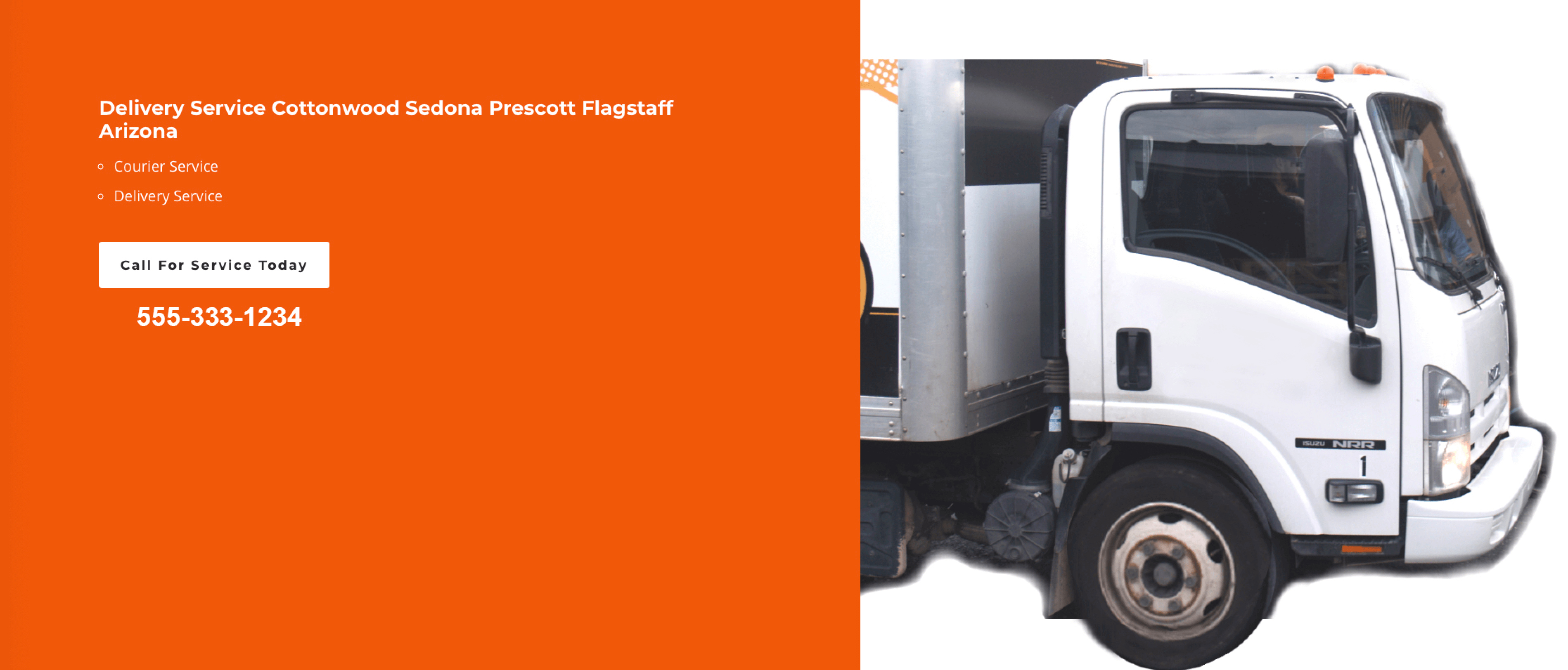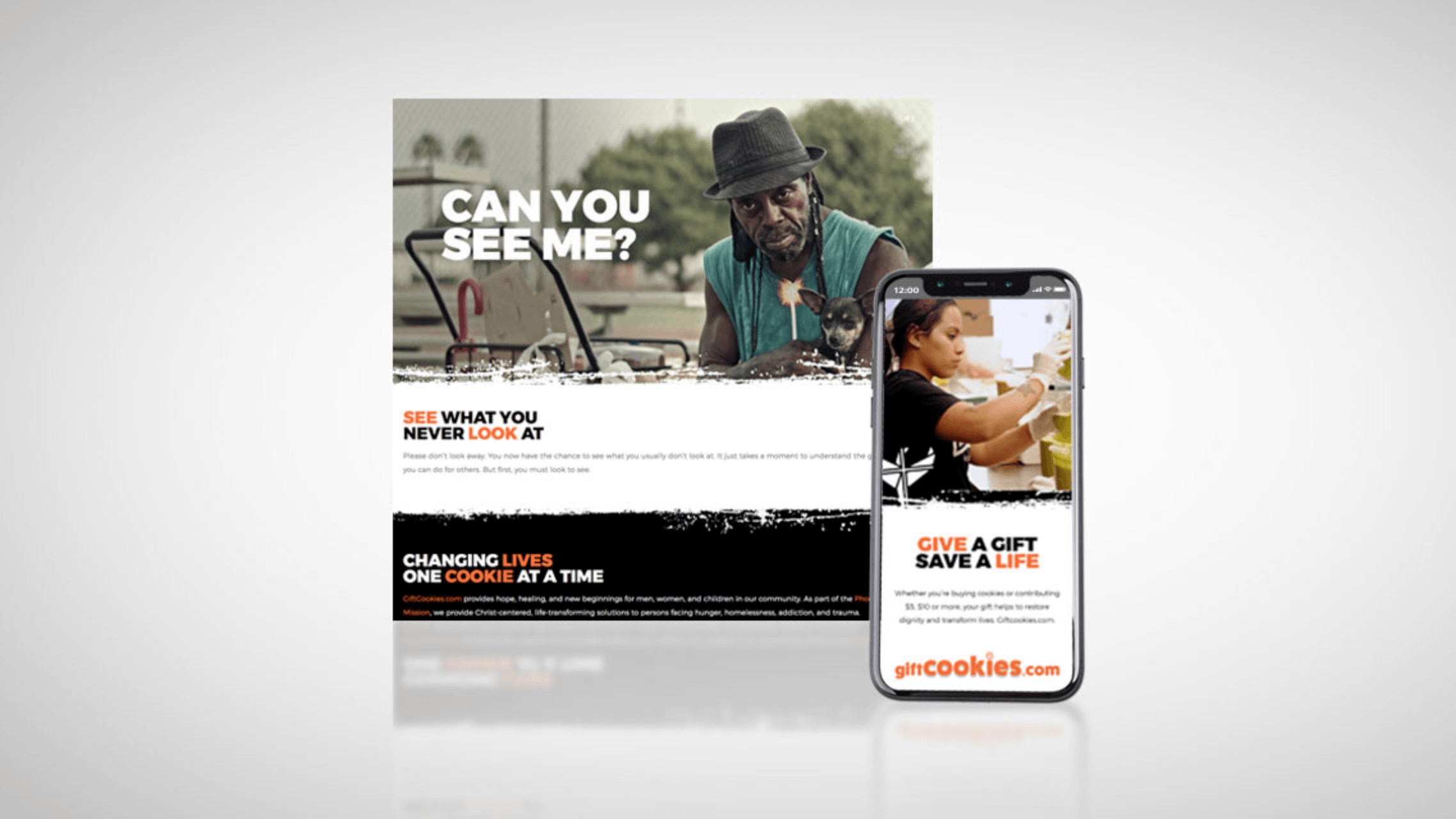
Digital Agency Blog
Be Better Than Best Practices
When I was a kid, I loved school. I was the perfect student—quiet, completed my homework, and followed the rules. I was even delighted if I was chosen to clap out the erasers during recess. My third-grade teacher was tough, but was a good teacher, and I liked her. One day she handed back my homework with a large, red DNFD written on top—I was stunned—I Did Not Follow Directions. Tragically, I had done the odds, not the evens.
These days, you still have to do your work, but it’s less about following directions than it is about thinking creatively and figuring out the most effective way to get the best results. In order to experience the kind of wild success your teachers never imagined, you actually want to do the opposite of what served you well in school.
You shouldn’t follow the directions—you want to see what everyone else is doing—but only so you don’t copy the others.
While best practices are still a thing when you’re completing a balance sheet or administering medication, when we’re talking marketing and advertising, you want to be wary of best practices.
Lead, Don’t Follow
If everyone follows best practices, how can you beat the competition? How can you promise a first-page rank on Google when you’re using the same tactics as everyone else?
In the marketing and advertising world, you don’t want to participate in a race to average, you want to be three steps ahead of best practices.
At an agency level, one of the things that separates leaders from followers in the marketing world is integrating cutting edge technology. While some marketing and advertising agencies are working on voice search and Flutter, others still think they’re pretty sharp using AdWords extensions.
Think Beyond the Standard
Best practices shouldn’t be the standard for weighing marketing technology adoption, nor should it instruct your marketing and advertising strategy when it comes to creativity.
For instance, best practices tell a shipping company to have a website with a clear call to action and easy to locate contact information. Yes, but then what? One of the problems with best practices is that it’s really just the bare minimum, not the best at all.
The delivery service shown below exemplifies industry best practices for advertising—they have a clear call to action and their contact information is obvious. Yawn.

Admittedly, shipping is not a sexy industry, but can’t we make the marketing and advertising a little less humdrum—a little more attention-grabbing, and way more effective?
How about starting by playing with words and then finding a way to personalize even a largely impersonal transaction, like shipping. Using the creative advertising campaign shown below, FabCom helped a delivery and logistics company accomplish 5X growth over a four–year period.
It’s no wonder that this campaign, going beyond merely showing a truck and a call to action, propelled business growth. The faces immediately attract attention, the question about IQ pulls you in, and the use case scenarios are an effective, non-salesy way of explaining services provided.
Stand Out from the Crowd
We don’t often think about charitable giving in terms of how well the requests for donations are marketed. However, philanthropic requests live in a very saturated market.
Charities need donations to survive, but the public is inundated with financial appeals to the point of numbness. It seems like every time we drive down the street, buy groceries, or order a coffee, someone has their hand out.
How can a marketing and advertising agency help a worthy cause beat best practices to outshine the competition? How do we stand out from the other perfectly deserving foundations and affix eyes to us, not them?
Again, we don’t win by monkey say, monkey do. We must go beyond the best practices of having a dedicated webpage that tells about the cause and accepts credit card donations, as in the example below.

In stark contrast to the best practices appeal above, the campaign below is in a similar genre, but we don’t simply have a webpage and a red button saying donate now. We stand out by getting creative and making the cause real to the viewer so there is an intimate connection between the viewer that cannot be ignored.
The Plight of Average
When you follow the advertising best practices you learned on YouTube, your advertising looks just like all the advertising from everyone else watching those same videos. Your work joins the sea of sameness that is largely ignored by consumers.
When you create your website based on the advice everyone else is acting on, what will Google think of it? When there are 100,000 websites indexed for a product or service, what is it about your website that will entice Google to rank you above the rest?
Using best practices may increase your rank from page 395 to page 26—but since no one is looking at page 26, you might as well have saved your time and money and remained on page 395.
Following best practices just gets you to average. Following the leader won’t help you get noticed and it won’t help you rank. If you want to rank well, don’t focus on best practices—focus on being extraordinary.
Focus on Being Extraordinary
Unfortunately, average is the best most companies ever accomplish.
To move beyond average and create a successful new-breed marketing and advertising strategy takes a phenomenal team, cutting-edge technology, and extraordinary creativity.
The only place best practices has in a marketing agency is as an indicator for what others are doing. By studying the competition, we identify the baseline we will rise above.
Rise Above Best Practices
Whether you’re running an advertising campaign to raise funding for the homeless or strategizing about increasing awareness of your shipping company, don’t fall victim to thinking best practices are king. Detox from the grade school rule-follower mentality and win by pushing the envelope on the essential marketing and advertising elements of technology and creativity.

